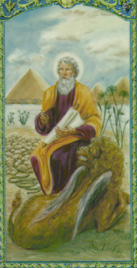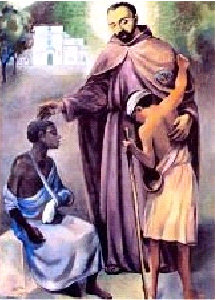
St. Pedro de San Jose Betancur (1626-1667)
Image: Santos y Beatos
(Vatican) Pedro (aka St. Peter de Betancurt) was born in 1626 on the Canary Islands, his family were very poor and he started work as a shepherd of the small family stock. Pedro’s family raised him soundly in the faith and as a young boy, he learned to see God in everything around him.
When Pedro learned about the miserable living conditions of the people of the ‘West Indies’ he felt called by God to take the Christian message there–In 1650 when he was just 23 yrs old, Pedro left for Guatemala where a relative had already gone to become Secy of the Governor-General unfortunately Pedro’s funds ran out in, Havana, so Pedro had to pay for his passage from that point on by working on a ship which docked at Honduras from where he walked to Guatemala City.
Pedro was now so poor that he had to stand in a bread line at the Franciscan Friary and it was there he met Fernando Espino, a famous missionary that befriended him and remained his life long counselor. Fernando found Pedro a job in a local textile factory.
In 1653 Pedro realized his ambition to enter the local Jesuit college in the hope of becoming a Priest. Pedro however showed little aptitude for study which led him to withdraw from school but here Providence once more helped him as he met Fr. Manuel Lobo, who had become Pedro’s confessor.
Fernando invited Pedro to join the Franciscan Order as a Lay Brother but Pedro however felt that God wanted him elsewhere, subsequently in 1655 Pedro joined the ‘Third Order of St. Francis’ and from then on, he dedicated himself to alleviating sufferings of those less fortunate.
Pedro became the Apostle to African-American slaves the Indios subjected to inhuman labor. In 1658 Pedro was given a hut that he converted into a hospital “Our Lady of Bethlehem’ for the poor who had been discharged from the local hospital but still required convalescence. Pedro later founded a hostel for the homeless, a school for poor and abandoned children and a Chapel.
Receiving financial help for these foundations from both civil and religious authorities, Pedro sought charity to endow the Masses celebrated by area Priests, which allowed Masses to be celebrated in the early morning hours so the poor may not miss daily Mass.
Pedro had small chapels constructed with the poor areas where children came also for instruction–Every year, Pedro would gather the children and sing the ‘Seven Joys of the Franciscan Rosary’ in honor of our Blessed Mother, a custom still continued today in Guatemala.
Joined by Men and Women who became the ‘Bethlehemite Brothers’ and the ‘Bethlehemite Sisters’ Pedro formulated a Rule that included the active apostolate of working with the poor, sick and the less fortunate, based upon a life of rich in prayer, fasting and penance–the Bethlehemite Congregation was thus established.
Pedro died at the age of 41 yrs old, throughout his life Jesus Christ was the focus of Pedro’s spiritual meditation, he was always able to see in the poor the face of ‘the Child Jesus’ and to serve them devoutly and became known as the ‘St. Francis of the Americas.’
Calling St. Pedro de San Jose Betancur, Pope Saint John Paul II noted at his Canonization that Pedro was an “outstanding example” of Christian mercy and practicing it “heroically with the lowliest and most deprived,” adding:
“Let us think of the children and young people who are homeless or deprived of an education, abandoned Women with their many needs and the hordes of social outcasts who live in the cities. Of the victims of organized crime, of prostitution or drugs; of the sick who are neglected and the elderly that live in loneliness.”
Pedro very much wanted to become a Priest but God had other plans for him. As individuals, we often pride ourselves in our ability to reason but as Saint Pedro de San Jose Betancur life shows, other skills may be an even more crucial element of our humanity, than a clever mind, compassion, imagination and love.
Unable to master his studies for the Priesthood despite his efforts, Saint Pedro responded to the needs of the homeless and the sick, he provided education to the poor and Salvation through God to the wealthy.
Pedro became holy–as fully human as any of us can ever be.
More here from Franciscan Media
 Prayers to the Saints & Blessed
Prayers to the Saints & Blessed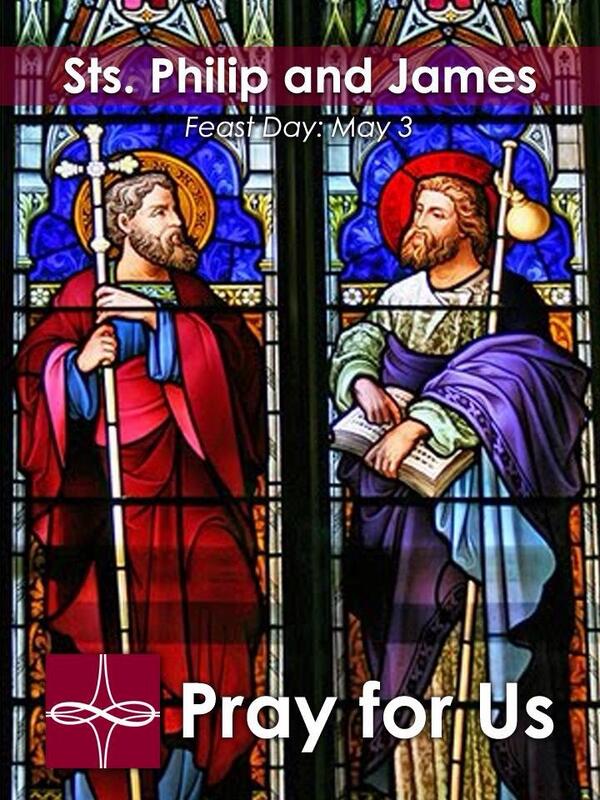 Saints Philip & James
Saints Philip & James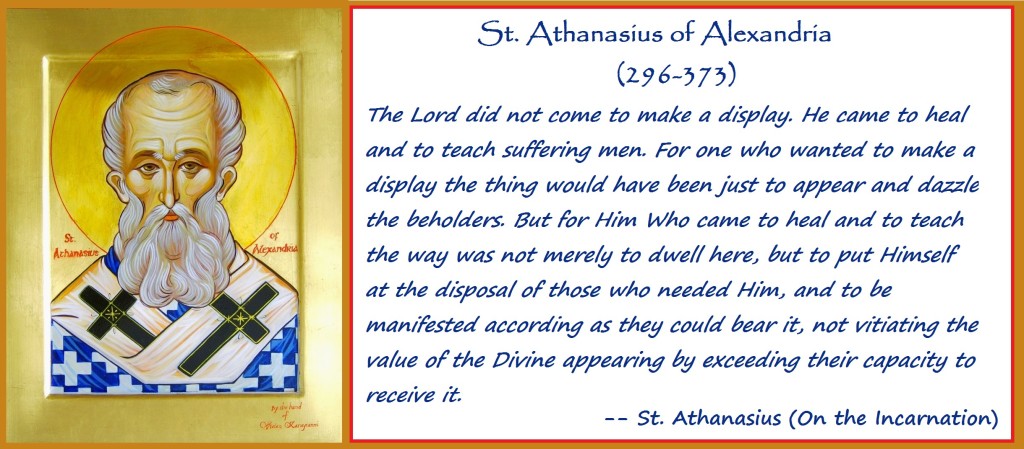 St. Athanasius -Image Courtesy:
St. Athanasius -Image Courtesy: 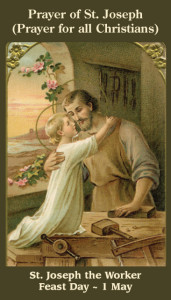
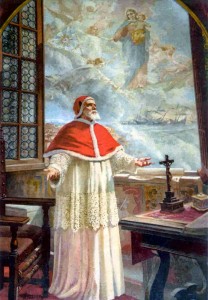
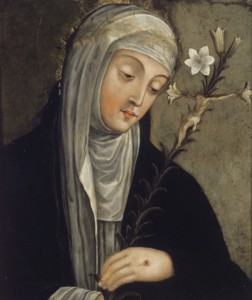
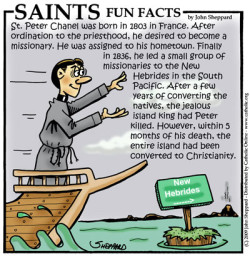
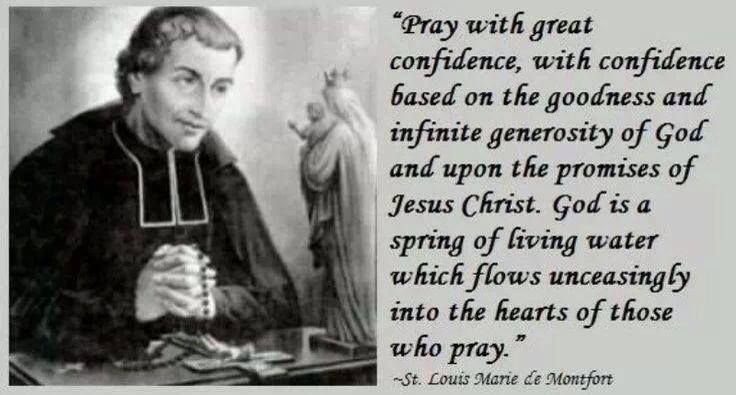 Saint Louis Mary Grignion de Montfort (1673-1716)
Saint Louis Mary Grignion de Montfort (1673-1716)
